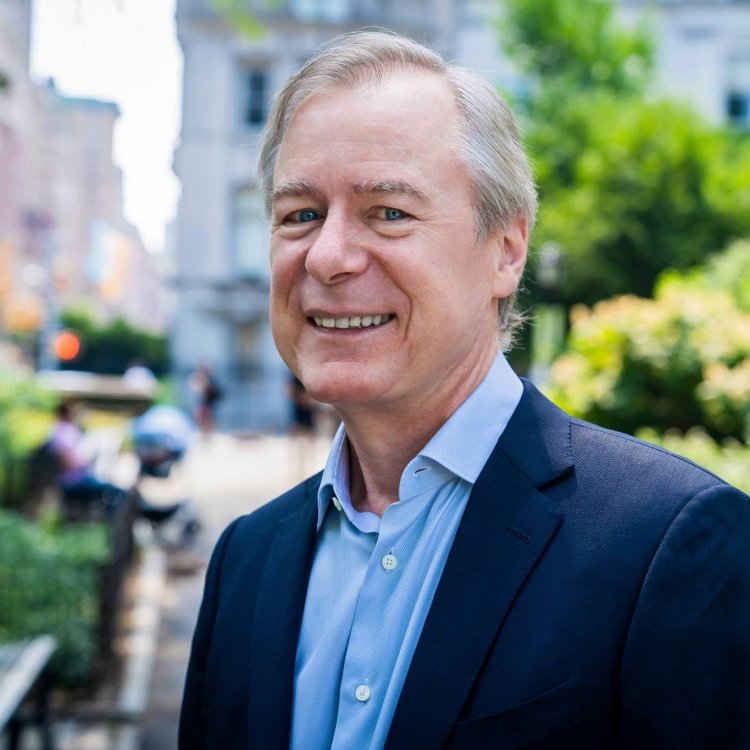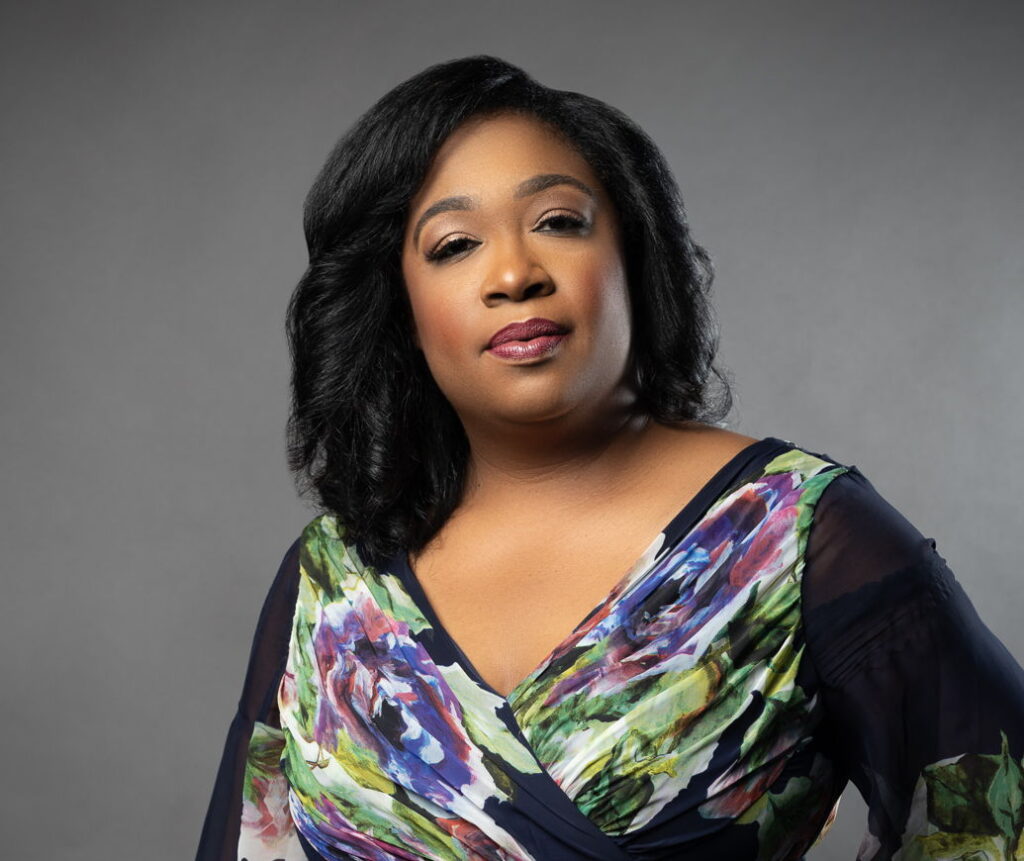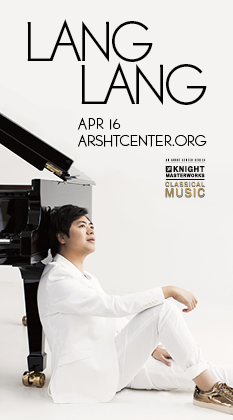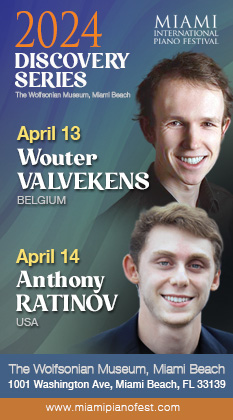Robertson returns to New World Symphony with stylish Beethoven

David Robertson conducted the New World Symphony of Beethoven and Florence Price Saturday night at the Arsht Center.
Beethoven’s Symphony No. 2 in D Major may be the most difficult of the master’s nine symphonies to bring off in performance. After the Haydnesque flourish of his First Symphony, Beethoven was attempting to assert his personal voice in this work while trying to outdo Haydn in boisterous wit and sudden pauses and surprising twists.
For any conductor, achieving the proper balance is tricky. Often performances tend to veer on the heavy and ponderous side On Saturday night, David Robertson led the New World Symphony at the Arsht Center in a reading that was light on its feet while giving full voice to the composer’s distinctive touches.
In his first New World appearance since 2010—the last in the Lincoln Theatre—Robertson (who has held major conducting positions in St. Louis, Sydney, London and Paris) drew a lean, bracing sound from the orchestral academy’s fellows that was well suited to early Beethoven. The main Allegro con brio of the symphony’s first movement emerged robust and brisk without seeming rushed or hard driven. Robertson brought out the drama of the movement’s development section while giving prominence to the inner voicings of the winds.
The contrasting turns and lyricism of the Larghetto were well accounted for. Exposed horn parts were especially secure and accomplished. Rhythmic bounce pervaded the Scherzo with a touch of aristocratic nobility bringing contrast in the trio section. The humor of the Allegro molto had prominence in the buoyant finale. Throughout the four movements, Robertson drew disciplined, well-honed playing from the reduced orchestral contingent.
When some audience members applauded and yelled “Bravo” after the symphony’s first movement, Robertson turned around and asked the audience to withhold their approval until the conclusion of the remaining three movements to approving nods from the musicians. This has been a persistent issue at classical performances at the Arsht Center (but not at the New World’s home base in Miami Beach). Just as an announcement to turn off cell phones is made before every concert, a message should tell the public to wait to applaud until the conclusion of an entire score. Good concert etiquette can enhance the listening experience and performance alike.
In the concert’s first half, Michelle Cann offered a detailed and authoritative performance of the Piano Concerto in D minor by Florence Price (1887-1953). A lightweight but attractive 18- minute work, the concerto opens with a trumpet solo that forms the theme of the single movement’s initial section, a melody that would not have been out of place in one of the pieces from Dvořák’s American period. The finale is a Juba dance, a rollicking folkish romp that Price effectively utilized in her First and Third Symphonies and the solo piano suite Land O’ Cotton.
In an early cadenza that recalls the opening of Brahms’ Piano Concerto No. 2, Cann’s powerful volleys across the keys rocked the house but she exhibited a more languid touch in the contemplative melody of the central episode in duo with a solo oboe. She played the finale with ragtime style and zest. Robertson’s tight direction matched Cann for high spirits while maintaining clean articulation from the ensemble.
Following a standing ovation replete with cheers, Cann said “I want silence, this is serious” before launching into a jazzed-up version of Rachmaninoff’s Prelude in C-sharp minor. Cann’s fleet fingerwork and dizzying speed may have dismayed some purists but it was great fun.
Conducting fellow Chad Goodman opened the evening with Kodaly’s Dances of Galanta. He shaped the Magyar tunes of the first part with supple restraint while drawing lustrous sonorities from the strings. Julianna Darby’s high clarinet acrobatics were delivered with spot-on accuracy and fluent musicianship. In the concluding rapid czardas-like tunes, visceral brass and percussion wallops registered impact while the strings simulated a gypsy café band.
Goodman’s pitch perfect combination of abandon and subtlety effectively conveyed Kodaly’s mix of symphonic brilliance and indigenous authenticity.
Over the past four seasons, Goodman has been called upon to fill in for Michael Tilson Thomas and other conductors as well as play a major role in the orchestra’s streamed season of chamber music and chamber orchestra performances during the Covid pandemic. He has consistently risen to the challenges, offering well rehearsed, musically insightful performances. Goodman is one of the most gifted of the New World series of aspiring conductors and clearly deserves a music director post of his own.
The New World Symphony repeats the program 8 p.m. Monday at the Kravis Center in West Palm Beach. kravis.org
Domingo Hindoyan conducts the New World Symphony in music from Wagner’s Ring of the Nibelung with soprano Heidi Melton. 8 p.m. March 18 and 2 p.m. March 19 at the New World Center in Miami Beach. nws.edu
Posted in Performances
One Response to “Robertson returns to New World Symphony with stylish Beethoven”
Leave a Comment
Sun Mar 12, 2023
at 11:46 am
1 Comment








Posted Mar 13, 2023 at 9:49 am by Thomas (Tom) Berger
Mr. Robertson’s response to the interruption after the first movement was much more inspired as he stated there were “3 encores to follow”. It worked.